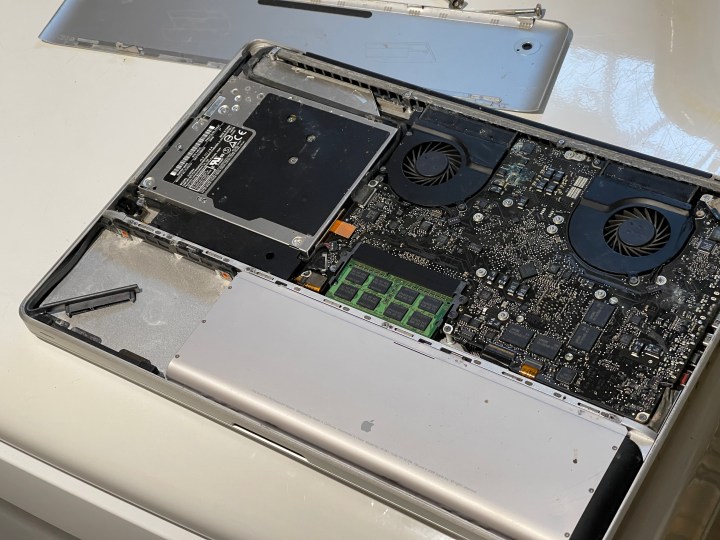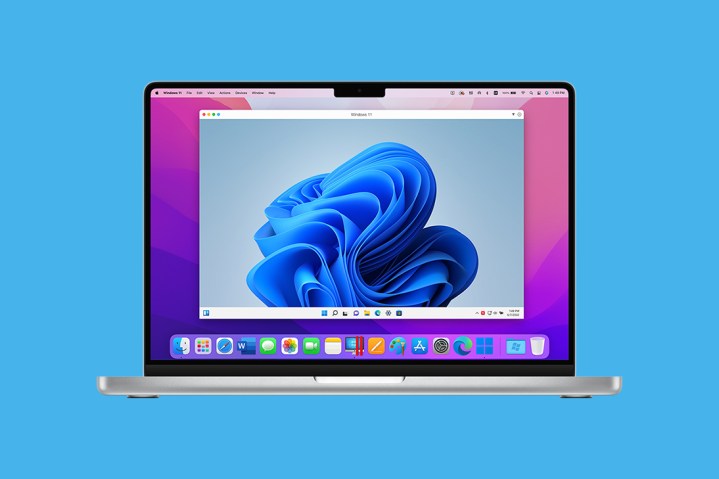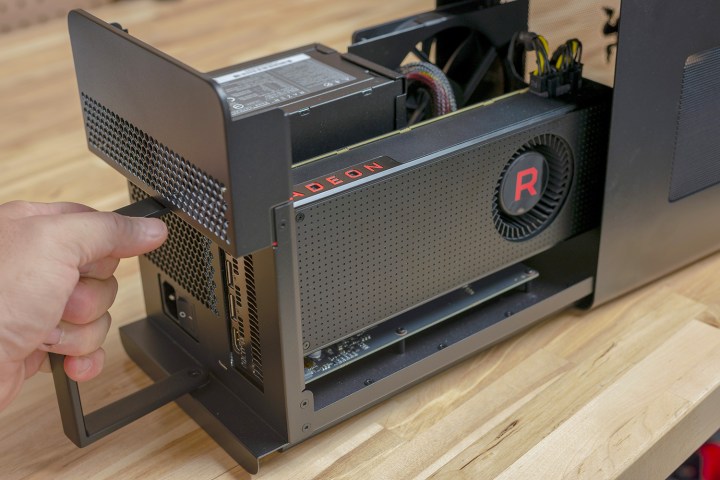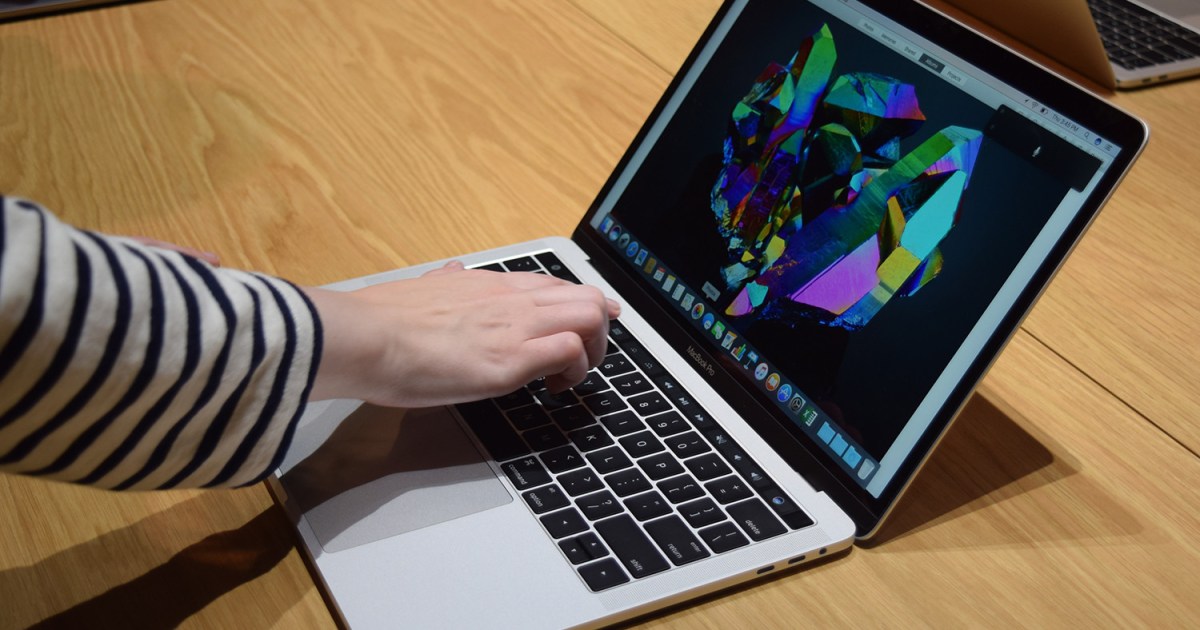Modern MacBooks offer impressive performance thanks to Apple Silicon, providing all-day battery life and the ability to edit videos on the go. The new MacBook Air with the M3 chip even supports gaming, surpassing the capabilities of older Intel Macs.
Despite these advancements, there are features that Apple Silicon MacBooks lack compared to their Intel predecessors. This highlights areas where there is room for improvement in future Apple Silicon models, aiming to bridge the gap between the two platforms.
Upgradability

Before the shift to Apple Silicon, MacBooks were known for their upgradability, allowing users to customize their laptops. However, with Apple’s transition, newer MacBooks have soldered components, making it challenging to upgrade storage and RAM. This contrasts with the ease of upgradability seen in older Intel Mac models.
While modern Macs like the Mac Pro offer customization options, they come at a premium price. Users may need to opt for expensive upgrades at purchase, limiting post-purchase customization.
Running Windows

While macOS provides a seamless experience, there are cases where running Windows becomes necessary. Intel-based Macs featured Bootcamp, enabling native Windows support. However, this feature is absent in Apple Silicon Macs, requiring emulation software like Parallels to run Windows.
Although emulation offers some benefits, such as running Windows applications on MacOS, it comes with limitations in performance, especially for graphics-intensive tasks like gaming.
eGPU support

eGPU support, popular among gamers, is limited on Apple Silicon Macs due to driver incompatibility. While Intel Macs offer compatibility with eGPUs for enhanced graphics performance, Apple Silicon’s integrated GPU and graphics API provide sufficient power for most tasks.
Multi-monitor support on MacBooks

Connecting external displays to Apple Silicon Macs can be challenging compared to Intel Macs. The number of supported displays varies across models, requiring additional accessories for multi-monitor setups.
Why I won’t buy a MacBook with Apple Silicon
Despite the performance improvements of Apple Silicon, there are limitations that prevent me from transitioning to a MacBook with Apple Silicon. I remain hopeful that Apple will address these limitations in future releases.


